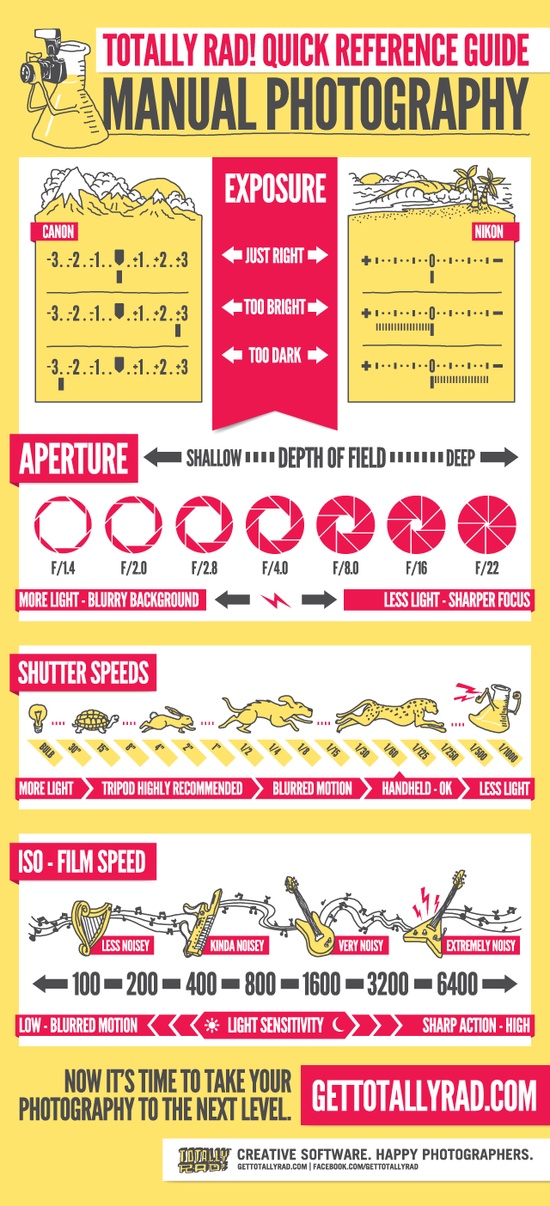Transform Your Photography By Understanding Illumination Strategies That Can Raise Your Photos-- Uncover The Common Risks That Could Be Holding You Back
Transform Your Photography By Understanding Illumination Strategies That Can Raise Your Photos-- Uncover The Common Risks That Could Be Holding You Back
Blog Article
Write-Up Composed By-Gillespie Covington
As a photographer, you recognize that illumination can make or break your pictures. Comprehending the subtleties of both all-natural and fabricated light is important for catching the state of mind and quality you aim for in your work. Whether you're going after the perfect golden hour radiance or tweak your artificial setups, mastering these aspects can raise your digital photography significantly. Yet there are common challenges that several overlook, and acknowledging them can transform your technique to every shoot. Let's explore what you may be missing and just how it can influence your results.
Understanding Natural Light
Recognizing natural light is critical for any type of professional photographer seeking to enhance their work. It's the foundation of excellent photography, affecting mood, tone, and quality. When you shoot outdoors, take notice of the time of day. The gold hour-- shortly after sunup and prior to sunset-- offers soft, warm light that can change normal scenes right into sensational images.
Do not take too lightly the power of overcast days. Cloud cover diffuses sunshine, creating a soft, even light that's excellent for portraits and macro photography. You'll discover shades pop in this kind of illumination without severe darkness.
Positioning matters, too. Constantly consider your topic's alignment to the light. If the sun's behind your topic, you might end up with a silhouette, which can be significant yet mightn't be what you want. Conversely, http://erlinda911johnathon.xtgem.com/__xt_blog/__xtblog_entry/__xtblog_entry/37577793-innovative-ways-to-market-your-photography-services?__xtblog_block_id=1#xt_blog can create unflattering shadows.
Try out angles; often, transforming your perspective can generate outstanding outcomes. Use natural reflectors, like water or sand, to bounce light onto your subject, including measurement.
Learning Artificial Light
Mastering man-made light is necessary for professional photographers that wish to take their abilities to the following degree. Whether you're using speedlights, studio strobes, or continuous lights, understanding exactly how to manipulate these resources can dramatically enhance your images.
Begin by acquainting on your own with the fundamentals of light high quality, direction, and shade temperature. Explore different modifiers like softboxes, umbrellas, or grids to control the soft qualities or harshness of the light.
You'll find that soft light commonly creates complementary outcomes, while harsher light can include drama and deepness. Don't shy away from darkness; they can boost the three-dimensionality of your topics.
Pay close attention to the placement of your lights. A light positioned too near your topic can create unflattering results, while also far can lead to a lack of information. Make use of a light meter or your video camera's histogram to ensure you're revealing correctly.
Finally, remember that fabricated light can be mixed with ambient light for imaginative effects. Stabilizing these sources might take method, but once you understand it, your digital photography will truly radiate.
Techniques for Different Situations
When you step into different shooting circumstances, adapting your lights strategies is vital for capturing the very best pictures. For exterior portraits, use the gold hour-- morning or late afternoon light-- to soften darkness and enhance complexion.
If it's a harsh noontime sun, take into consideration using a reflector to jump light back onto your subject or seek shaded locations for a more also direct exposure.
In low-light scenarios, like interior occasions, enhance your ISO and make use of a wide aperture to let in even more light. A tripod can assist remove electronic camera shake, enabling longer exposures without blurring.
If you're contending night, trying out off-camera flash to create dynamic lights and depth in your images.
For item digital photography, utilize diffused lights to avoid severe reflections. Softboxes or light tents can aid achieve this effect.
When photographing landscapes, consider the instructions of light and time of day, as it can substantially change the mood of your shot.
Always prepare to adjust your setups and positioning based on the circumstance, as flexibility is crucial to mastering lights in digital photography.
Final thought
Finally, grasping lights is crucial to raising your digital photography skills. Welcome all-natural light's appeal during gold hour, and don't avoid trying out man-made light methods. By adjusting mouse click the next internet page to different situations, you'll catch sensational images that resonate with feeling and clarity. Keep in mind, the best illumination can change an average shot into something phenomenal, so keep practicing and refining your understanding of both all-natural and synthetic light. Delighted capturing!
